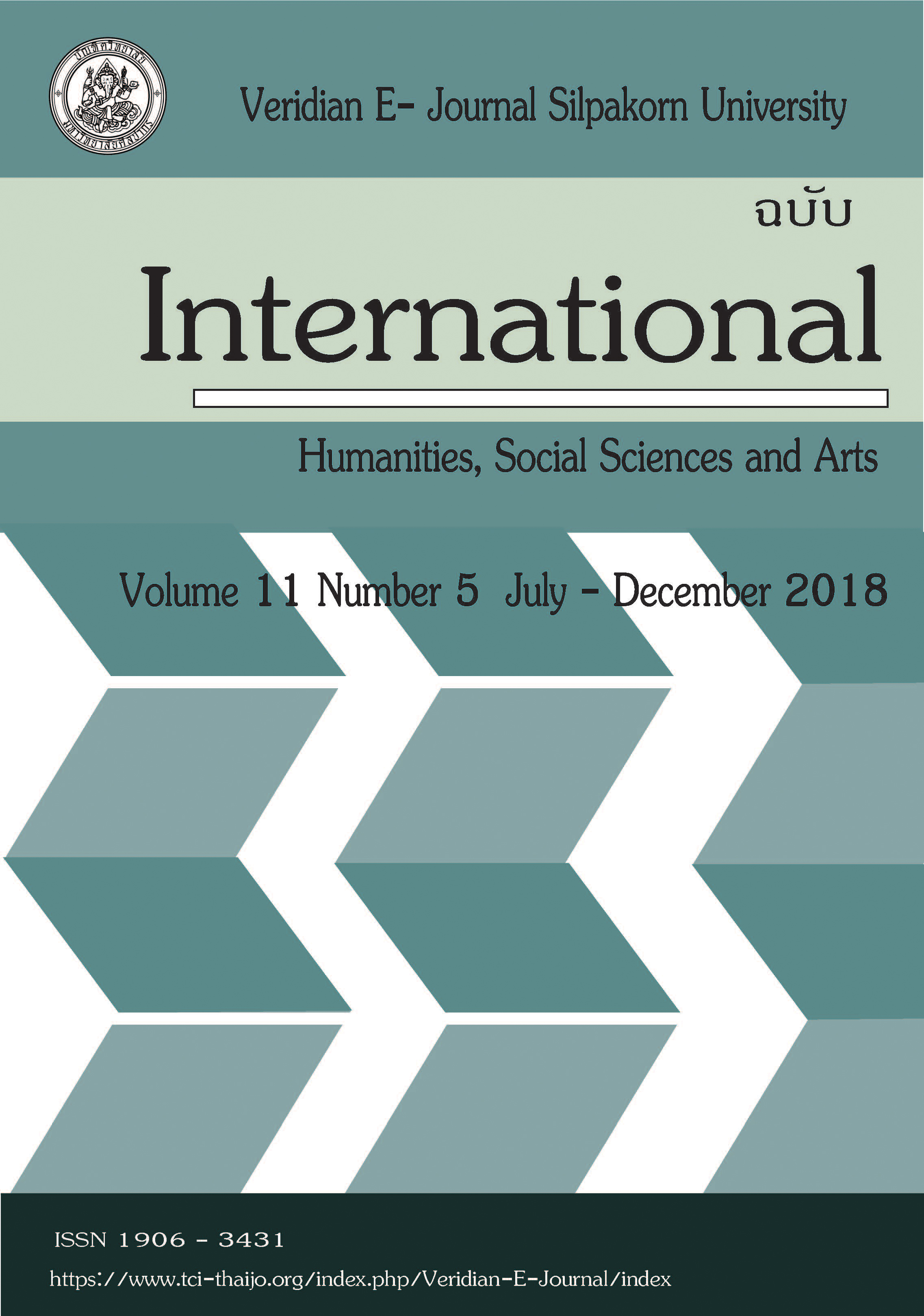A Development of Holistic Leadership Causal Model for Administrators of Schools under the Office of Secondary Educational Service Area in the Northeastern of Thailand
Main Article Content
บทคัดย่อ
The objectives of the research entitled “A Development of Holistic Leadership Causal Model for Administrators of Schools under the Office of Secondary Educational Service Area in the Northeastern of Thailand” were to, 1) develop and validate the holistic leadership causal model for administrators to confront the empirical data, 2) estimate direct and indirect effect of causal variables that affecting the holistic leadership, and 3) test the difference of holistic leadership causal model among small, medium, and large school. The sample was 1,050 administrators of schools under the office of secondary educational service area in the northeastern of Thailand. The sampling was using the stratified random sampling technique. The research instruments were 6 questionnaires which consisted of 5-rating scale. These questionnaire revealed that there were conformity to content validity (IOC=0.80–1.00), construct validity (c2/df=0.027 – 1.961, p > 0.50), high reliability (a= 0.742 – 0.932), and high discrimination (rit=0.458 – 0.796). The data were analyzed using the structural equation model analysis through the Mplus version 7.3 program.
- 1. The finding of the holistic leadership causal model for administrators which developed in this research was conformity with the empirical data (c2= 483.822, df=338, c2/df=431, p=0.4786, CFI=0.996, TLI=0.996, RMSEA=0.020, SRMR=0.017). 2. The findings of direct and indirect effects of holistic leadership causal model revealed that 2.1) variables were direct effect consisted of creative thinking, trust, and organizational culture variable. Its effect sizes were 0.094, 0.149 and 0.753 with statistical significance at .01 level, and 2.2) variables were indirect effect consisted of emotional quotient and organizational context variable. Its effect sizes were 0.889 and 0.791 with statistical significance at .01 level. 3. The findings of the testing in the difference of holistic leadership causal model among small, medium and large school revealed that these model were invariance in form (c2=1627.002, df=1096, p > 0.05), but it were variance in parameter (Dc2= 15.160, Ddf=4, p < 0.05).

